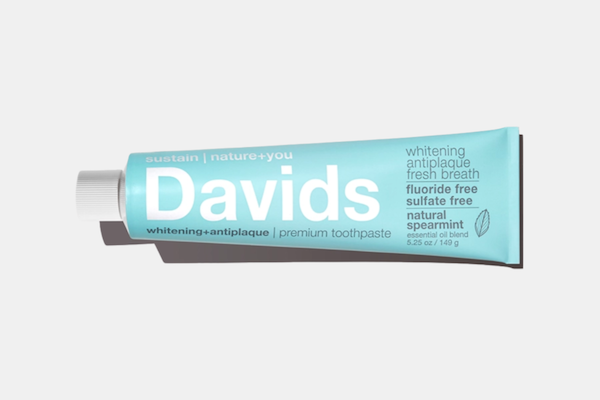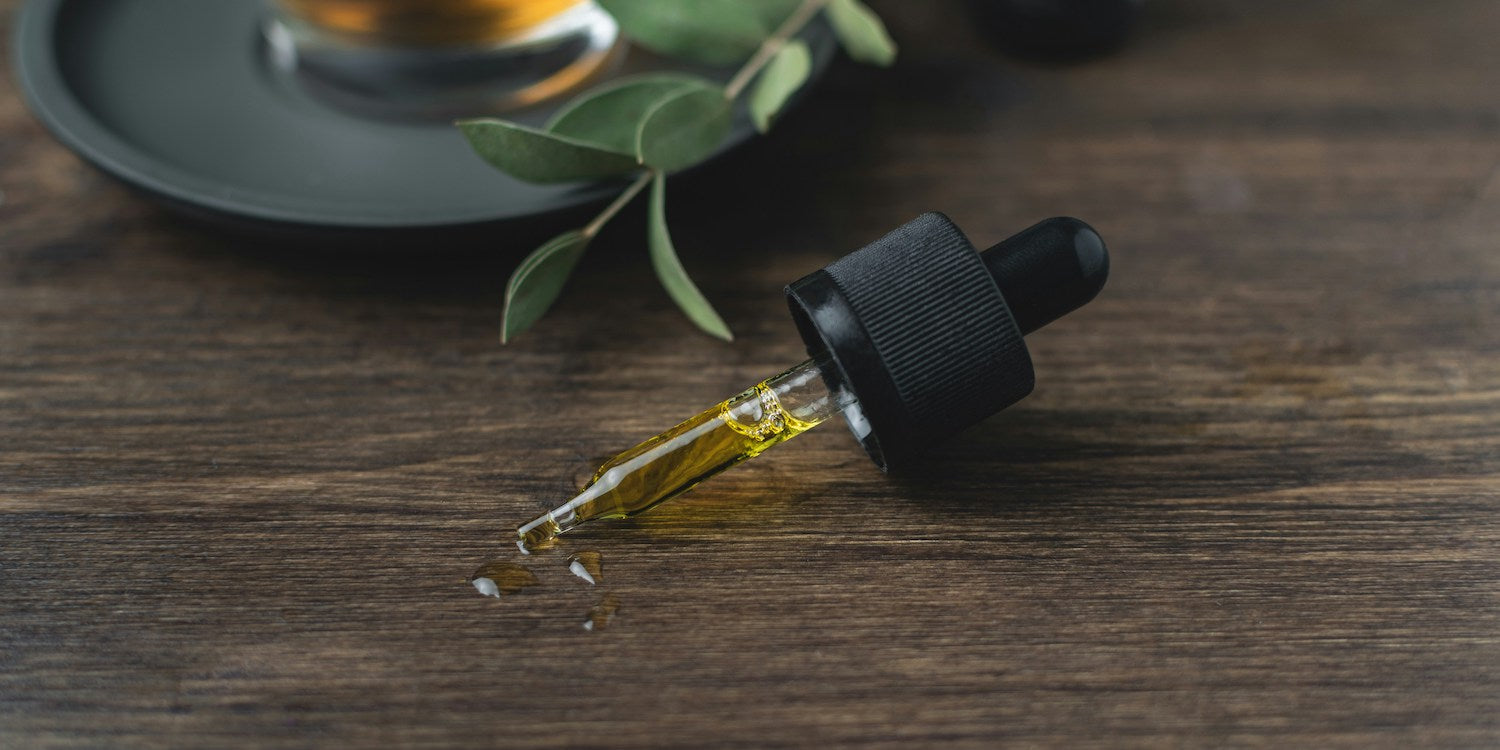In a world filled with scents, from the candles that light up your home to the perfumes you wear, the choices you make regarding fragrance have a significant impact.
Two common sources for fragrance are essential oils and artificial fragrance. While the end results may smell similar, these two types of scents couldn’t be more different — both in how they’re made and the effect they have on the environment.
In this blog post, we’re diving into the nitty gritty details of essential oils vs artificial fragrances. We’ll also cover why we choose essential oils as the fragrance source for our products, and highlight a few of our favorites! That way, you’ll be empowered to choose the scents that are safe for you, your home, and the planet.
What Are Essential Oils
To understand the essence of essential oils (pun intended), let’s take a look at where they come from.
Essential oils are concentrated extracts derived from plants like:
- Lavender
- Cinnamon
- Roses
- Lemongrass
- Basil
You can even find essential oils made from pine trees!
These oils are extracted through methods like steam distillation, cold pressing, and solvent extraction, preserving the plant's distinctive scent and properties.
Steam Distillation
This method involves using steam to release essential oils from the plant. The steam carries the volatile components, which are then condensed back into liquid form, resulting in a pure and potent essence. One plant often processed through steam distillation is lavender.
Cold Pressing
Commonly used for citrus oils, this method mechanically presses the oil from the plant's peel. It's a straightforward process that retains the oil's freshness and fragrance. Think of the zesty aroma of freshly pressed lemon oil, ideal for invigorating your space.
Solvent Extraction
In this method, a solvent is used to dissolve the essential oil from the plant material. After extraction, the solvent is evaporated, leaving behind the concentrated essential oil. This process is often employed for delicate flowers like jasmine, producing a rich and fragrant oil.
What Is Artificial Fragrance?
On the flip side, artificial fragrances are man-made compositions designed to mimic natural scents.
Crafted in laboratories, these fragrances typically contain a mix of synthetic chemicals that create a similar or nearly-identical match to the original scent.
You can find artificial fragrances just about anywhere, including:
- Lotion
- Candles
- Air fresheners
- Laundry detergent
- Soap
- Perfume
Many companies use artificial fragrances because they are cheap and long-lasting. However, more and more people are raising the alarm about the negative effects of these compounds.
Three of the biggest risks of artificial fragrances are vague labeling, health concerns, and environmental disruptions. Let’s take a closer look at each one.
Vague Labeling: The Regulatory Gap in Fragrance
One of the biggest challenges faced by eco-conscious shoppers like you is the lack of comprehensive regulation in the fragrance industry. The term "fragrance" on product labels can encompass a multitude of undisclosed ingredients, making it challenging for you to make fully informed choices.
This is because fragrances, including both essential oils and synthetic scents, are often protected as trade secrets.
As a result, the industry is not required to disclose the specific chemicals used in their formulations — even if they contain iffy ingredients like phthalates or butoxyethanol.
This can be especially frustrating for those trying to avoid specific components or fragrance types for health reasons. That brings us to the next major problem with artificial fragrance.
Health Concerns Connected to Artificial Fragrance
Many people are sensitive to fragrances, and reactions can range from a headache to serious irritation.
Some of the most common health concerns that can result from exposure to artificial fragrances include:
- Irritation and Allergic Reactions. Artificial fragrances often contain allergens and irritants that can lead to skin irritation, redness, and allergic reactions, especially in sensitive individuals.
- Respiratory Issues and Asthma. Certain chemicals found in artificial fragrances, such as volatile organic compounds (VOCs), can worsen respiratory conditions like asthma.
- Endocrine Disruption. Some synthetic fragrances contain endocrine-disrupting chemicals, which can interfere with hormone production and regulation.
- Cancer Concerns. Certain ingredients in artificial fragrances, such as phthalates, have been linked to potential carcinogenic effects.
The human health risks alone are leading some people to reject artificial fragrances. But these synthetic scents don’t just affect people — they also have an impact on the planet.
Environmental Disruption from Artificial Fragrance

From production to use to disposal, artificial fragrances often have a negative effect on the environment.
And with more and more fragrances being used every day, these effects are only becoming more widespread.
Here are four ways synthetic scents can impact the environment:
Water Pollution
The production and disposal of synthetic fragrances contribute to water pollution. Runoff from manufacturing facilities, as well as improper disposal of fragranced products, can introduce harmful chemicals into water sources like rivers, lakes, and the ocean.
Air Pollution
VOCs released from synthetic fragrances can contribute to indoor and outdoor air pollution. These compounds can even react with other pollutants to form secondary pollutants, impacting air quality and posing health risks to humans and wildlife.
Ecosystem Disruption
The release of synthetic fragrance chemicals into the environment can disrupt ecosystems and harm wildlife. Some chemicals may bioaccumulate in organisms, affecting entire food chains and contributing to biodiversity loss.
Greenhouse Gas Emissions
The production and transportation of synthetic fragrance ingredients often involve the burning of fossil fuels, contributing to greenhouse gas emissions that drive climate change.
How to Avoid Products with Artificial Fragrance
These risks and concerns are significant. But with fragrances popping up in just about everything, it can be tricky to know what’s safe.
Here are 5 simple tips you can use to spot and avoid products with artificial fragrances.
- Read product labels. Look for terms like “fragrance-free” or “artificial fragrance-free.” Note that the term “unscented” may not mean a product is fragrance-free, as scents may still be added to mask the smell of ingredients.
- Learn common names and chemicals used in artificial fragrances. A few include phthalates, benzene derivatives, and synthetic musks.
- Check product websites or customer reviews. Some companies include more information about their ingredients and fragrances online than on their product labels.
- Opt for brands that prioritize transparency and ingredient disclosure. This helps you have greater peace of mind about what you’re buying.
- Choose products from truly eco-conscious companies. Many sustainably-minded brands avoid all artificial fragrances, choosing only natural scents instead.
Over time, it’ll become easier to recognize which products use fragrance sources that align with your values and needs!
Why Essential Oils Are a Safer Choice
Now, let's explore why essential oils stand out as a safer, more eco-friendly alternative to artificial fragrance.
Natural Origin
Essential oils are derived from plants, offering a natural and concentrated source of fragrance. Since they’re not made from synthetic chemicals, it’s easier to know exactly what you’re using. There’s also a lower risk of irritation and reactions compared to artificial fragrances.
Non-Toxic Formulation
Since essential oils do not contain harmful chemicals like phthalates or synthetic musks, using them minimizes the risk of endocrine disruption and potential carcinogenic effects. Note that some essential oils may be toxic to animals, which we’ll discuss more below.
More Eco-Friendly Production
The extraction of essential oils primarily involves natural processes like steam distillation and cold pressing, minimizing environmental impact compared to the resource-intensive and polluting methods used in synthetic fragrance production.
Biodegradability
Essential oils are biodegradable, which means they’ll break down into natural components over time. This means that their impact on ecosystems is less harmful compared to the persistent chemicals found in artificial fragrances.
Therapeutic Benefits
Essential oils often have therapeutic properties, making them a popular choice for use in aromatherapy and personal care products. For instance, lavender essential oil is renowned for its calming effects, offering a sensory experience that goes beyond mere fragrance.
Safety Tips for Using Essential Oils
Here are four important safety tips to help you get the most from these eco-friendly fragrances!
- Patch Test for Peace of Mind. Before using a new product with essential oils, test it on a small area of skin (such as the inside of your wrist) to watch for irritation or reactions.
- Dilution is the Solution. When using essential oils topically, you should generally dilute with a carrier oil. This ensures the preservation of benefits without overwhelming the senses or causing skin irritation.
- Use Care Around Pets. Some oils, including citrus and tea tree, can be harmful or even poisonous to cats and dogs. Consult your veterinarian before using essential oils around your pets, and never apply directly to their fur or skin.
- When In Doubt, Ask Your Doctor. If you have specific concerns about using products with essential oils, talk with your doctor first!
What Kinds of Products Use Essential Oils for Fragrance?
You can find essential oils in products around your household, including candles, lotion, soap, air fresheners, cleaning products, and more.
Sourcing essential oils sustainably is important, so look for products from brands with high standards of ethical and sustainable production. Certifications like Fair Trade or Rainforest Certified can help you spot products created with the planet in mind.
Lochtree Products with Essential Oils
We’ve recently launched our own Lochtree product line — and we use essential oils to create rich, lasting scents that are gentler on the planet.
You can find all-natural essential oil blends in products like these:
- Lochtree Vegan Hand Soap: Lavender Rosemary Pumice and May Chang Eucalyptus
- Lochtree Vegan Body Soap: Lavender, Lemongrass & Poppyseed, Tea Tree & Mint, and Cedarwood & Eucalyptus
- Lochtree Soy Wax Candles: Orange Cinnamon Clove, Lavender, Cypress Patchouli & Sage, Geranium & May Chang
If you poke around our shop, you’ll find that many of our partner brands use essential oils to create the scents in their products, too!
A Safer Scent
Scents play a big role in our lives, and the types of scents you choose can have a big impact on your home and the planet.
We hope this breakdown of the differences between artificial fragrance and essential oils has been helpful for you as you work to find eco-friendly fragrances.
For more inspiration about choosing safe, sustainable products, check out the guides below:
- Are Soy Candles Better for You?
- Why Choose Bar Soap
- How to Choose the Best Personal Care Products for Camping






